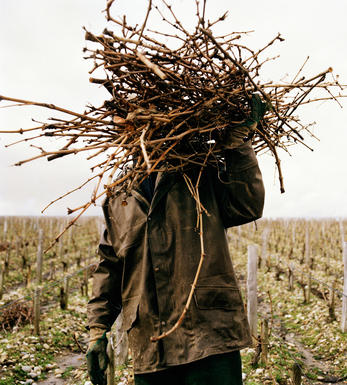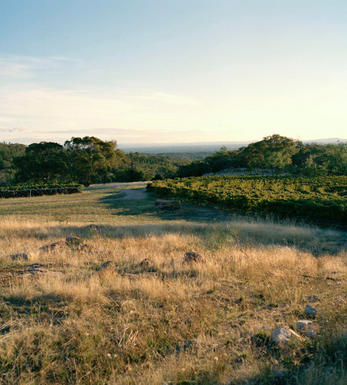
2006 Noon Winery, Reserve Shiraz, Langhorne Creek, Australia

Critics reviews
Jay S Miller - 25/02/2009
About this WINE

Noon

Langhorne Creek
Langhorne Creek is part of the greater Fleurieu zone south of Adelaide, along with McLaren Vale. First identified in 1850 the Langhorne Creek region lies on the edge of Lake Alexandrine, into which the Bremer River flows, its sandy alluvial floodplain providing rich pastures.
Wines were being made by the 1870s and some of Shiraz and Cabernet Sauvignon vines planted in 1892 are still cropping today. After the fortifieds came the dry reds of the ‘60s, celebrated by a young German winemaker Wolf Blass. One of Australia’s first irrigation schemes kept the ticking until salinity levels (now at 1560 ppm) forced the authorities to allow water to be taken directly from the Lake. This triggered a tide of corporates to rush to the area during the 1990s, growing the area from 440 to 6400ha and constructing irrigation pipelines of up to 100km long to feed their vines; the fruit of which is then blended away anonymously. There are up to ten privately-owned estates waving the Langhorne Creek banner.
The feeding frenzy can only last so long as Lake Alexandrina’s levels are dropping fast. For so long the Lake’s presence has been a great climate moderator, providing a constant breeze, maintaining a high relative humidity (60%) & reducing the risk of frost. Were it to dry up viticulture would probably be unfeasible.
Cabernet Sauvignon is the key grape, ripening well in the sandy soils and benefiting from the notable daily diurnal temperature shift. The Langhorne Creek style is a crunchy rich blackcurrant fruit profile with fine tannins and surprising elegance. Verdelho and Shiraz are also impressive.
Recommended Producers
Bremerton and Noon are arguably the regions top producers

Syrah/Shiraz
A noble black grape variety grown particularly in the Northern Rhône where it produces the great red wines of Hermitage, Cote Rôtie and Cornas, and in Australia where it produces wines of startling depth and intensity. Reasonably low yields are a crucial factor for quality as is picking at optimum ripeness. Its heartland, Hermitage and Côte Rôtie, consists of 270 hectares of steeply terraced vineyards producing wines that brim with pepper, spices, tar and black treacle when young. After 5-10 years they become smooth and velvety with pronounced fruit characteristics of damsons, raspberries, blackcurrants and loganberries.
It is now grown extensively in the Southern Rhône where it is blended with Grenache and Mourvèdre to produce the great red wines of Châteauneuf du Pape and Gigondas amongst others. Its spiritual home in Australia is the Barossa Valley, where there are plantings dating as far back as 1860. Australian Shiraz tends to be sweeter than its Northern Rhône counterpart and the best examples are redolent of new leather, dark chocolate, liquorice, and prunes and display a blackcurrant lusciousness.
South African producers such as Eben Sadie are now producing world- class Shiraz wines that represent astonishing value for money.


Buying options
Add to wishlist
Description
The 2006 Reserve Shiraz was sourced from a 45-year-old vineyard and aged for 18 months in small and large French and American oak. Opaque purple/black in color, it gives up a lavish perfume of smoke, mineral, game, bacon, and blueberry that leaps from the glass. Thick, opulent, and intense, it coats the mouth with savory fruit, spices, and a hint of chocolate. Seamless on the palate, it nevertheless conceals enough structure to evolve for a decade for those able to resist its immediate come-on. It should be at its best from 2012 to 2030.
Jay S Miller - Wine Advocate - eRobertParker.com - Feb 2009
wine at a glance
Delivery and quality guarantee